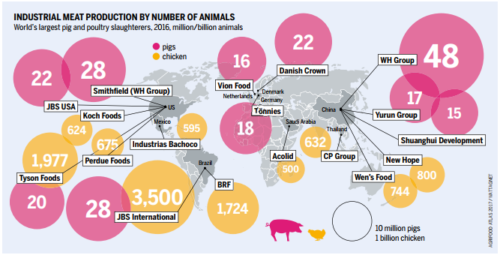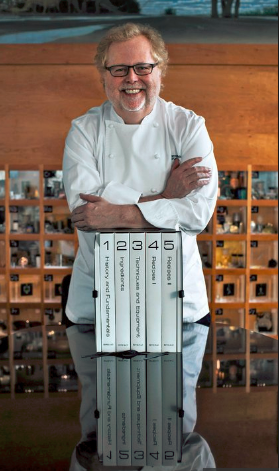Food Policy Action’s 2017 Scorecard on Congressional Votes
Food Policy Action has released its annual scorecard, evaluating how our federal legislators vote on food issues. In case you haven’t noticed, they aren’t voting on much these days so there wasn’t much to score.
In the Senate, there was only one vote (on the nomination of Scott Pruitt as USDA Secretary), although ten bills were introduced.
In the House, there were five votes and 11 bills.
Overall scores averaged 49%—dismal.
The site has a handy interactive map; click on it to see how your legislators are voting.
In case you want to see just how badly Congress is doing, I’ve been posting these scorecards since they started:
One thought: maybe it’s just as well.






